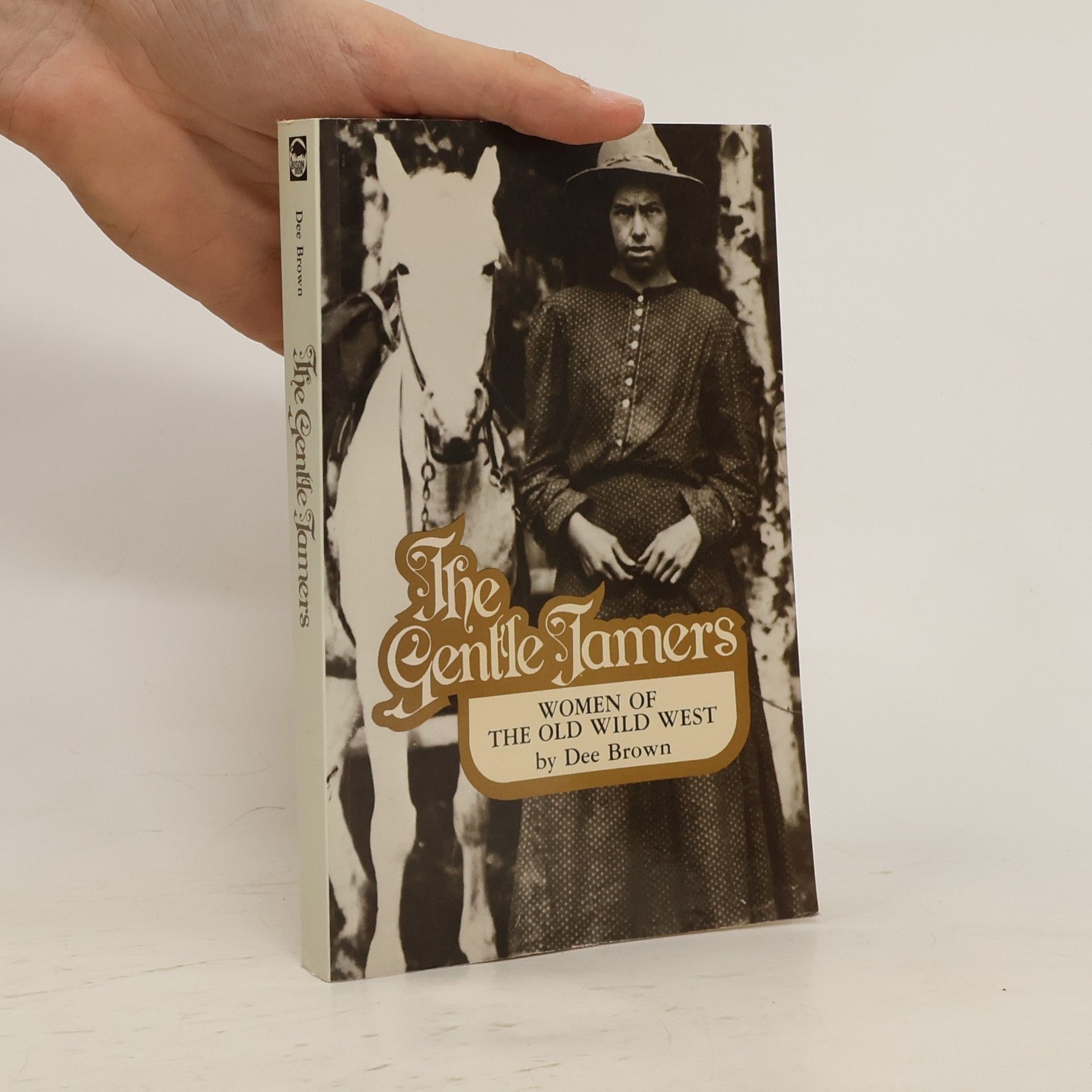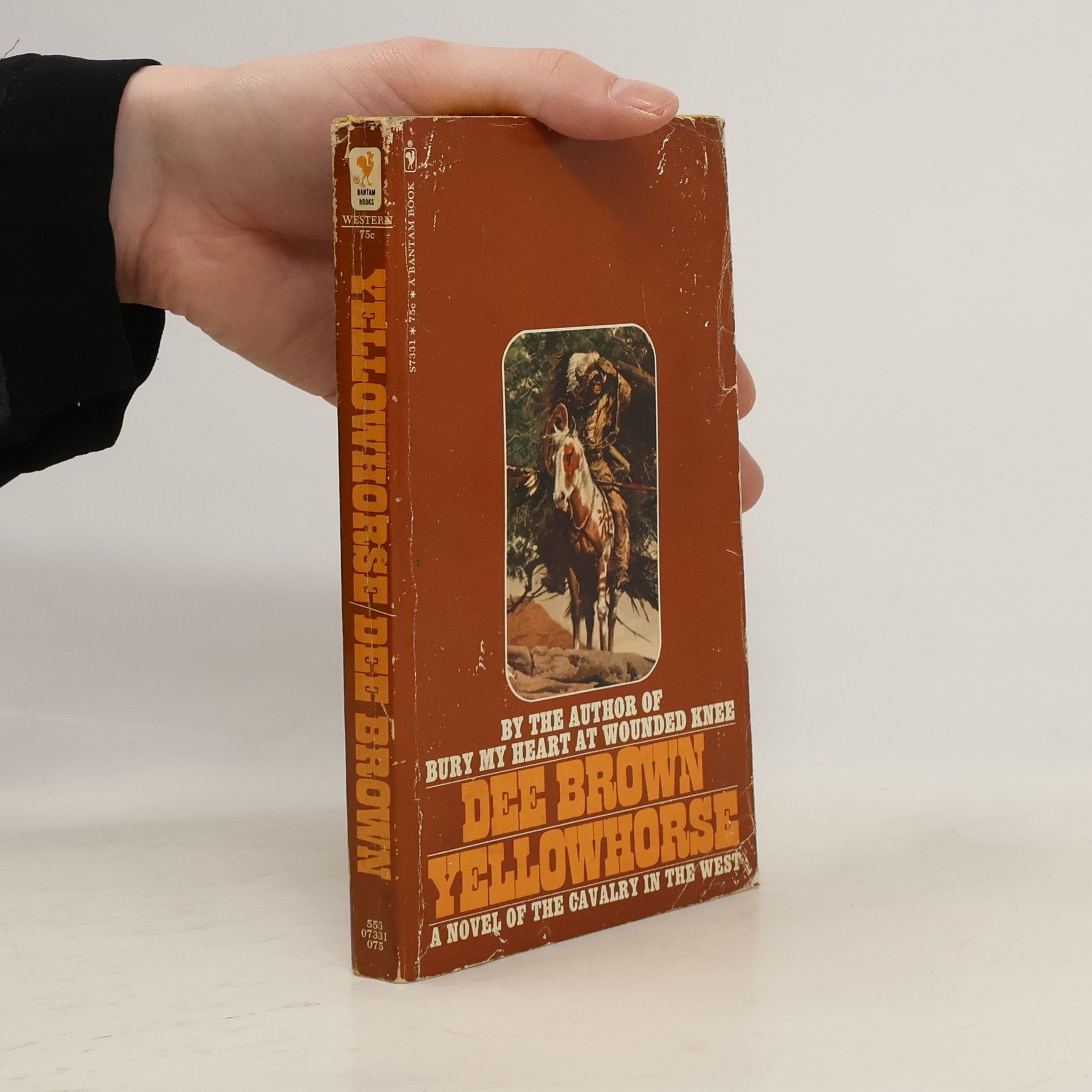1860-1890: è il trentennio della «soluzione finale» del problema indiano, con la distruzione della cultura e della civiltà dei pellerossa. In questo periodo nascono tutti i grandi miti del West, un'epopea a esclusivo beneficio degli uomini bianchi. I racconti dei commercianti di pellicce, dei missionari, dei cercatori d'oro, delle Giacche Blu, degli avventurieri, dei costruttori di ferrovie e di città stendono una fitta coltre che nasconde la versione indiana sulla conquista del West. I pellerossa costituivano l'antistoria, l'ostacolo al trionfo della nuova civiltà; per di più non sapevano scrivere nella lingua dei bianchi. Eppure la loro fievole voce non è andata perduta del tutto: alcuni ricordi hanno resistito al tempo in virtù della tradizione orale o per mezzo delle pittografie; dai verbali degli incontri ufficiali è possibile desumere illuminanti testimonianze; nelle rarissime interviste raccolte da giornalisti sono reperibili suggestive ricostruzioni di celebri e sanguinosi avvenimenti; e da sperdute pubblicazioni dell'epoca l'opinione dei pellerossa è potuta giungere fino a noi. Dee Brown ha raccolto queste fonti, le ha sottoposte a un esame critico, ha steso la narrazione. Per la prima volta, attraverso il suo lavoro di storico, a parlare sono i pellerossa, dai grandi capi agli oscuri guerrieri, che narrano come venne distrutto un popolo e il mondo in cui viveva.
Dee Alexander Brown Libri
Dee Brown è stato un celebre autore le cui opere hanno esplorato la storia americana, spesso concentrandosi sulla vita di frontiera e sui momenti trascurati della Guerra Civile. Il suo studio fondamentale è ampiamente accreditato per aver esposto la distruzione sistematica delle tribù native americane a un pubblico globale, alterando fondamentalmente la percezione mondiale. Brown ha anche intrapreso una carriera di bibliotecario, sviluppando parallelamente la sua vasta carriera di scrittore.







Best of Dee Brown's West
- 366pagine
- 13 ore di lettura
A collection of articles tracing the history of the Western frontier from early settlements to the Battle of Wounded Knee
When it comes to demystifying spiritual warfare and standing boldly in victory, no one has mentored me more than Dee Brown. The principles of lasting spiritual growth and strength are encompassed in each life-transforming chapter.--Pastor Diane Altman. (Practical Life)
My Sky Is for Upliftment
- 164pagine
- 6 ore di lettura
In "My Sky is for Upliftment"... Author Dee Brown introduces his assortment of poems, short stories, and monologues which delivers a refreshing collection of language for the soul. Each piece brings forth wisdom to be applied in daily life decisions, as well as inspirational teachings that promote positive life applications. The literary works throughout this book offers practical keys to peace of mind. Exploring doubt, anger, depression, and worry, My Sky is for Upliftment answers these self-destructive traits with FAITH, ENDURANCE, STRENGTH, and LEADERSHIP. Giving insight through motivation, each page offers a blueprint for happiness based on spiritual values.
On Sunday afternoon, June 25, 1876, Gen. George Custer and 264 members of the U.S. Seventh Cavalry engaged more than 3,000 warriors of the Lakota Sioux, Arapaho, and Cheyenne nations and were killed in the ensuing battle. Acclaimed historian Dee Brown traces the events of that day and of the weeks before, through the eyes and ears of seventeen participants from both sides, including Natives, scouts, soldiers, and civilians. Why did Custer divide his forces? Why did he not take his regiment’s Gatling guns? Why did he expect Sitting Bull to surrender without a fight? How did Sitting Bull’s vision at the sun dance on the Rosebud foretell the occasion and the outcome of the battle? How did war chiefs Crazy Horse and Gall take advantage of Custer’s tactical errors? And why did they preserve Custer’s body from mutilation? Showdown at Little Big Horn answers these and other questions, telling the story of the fight from many points of view, based on reports, diaries, letters, and testimony of the participants themselves. Together the accounts provide a gripping narrative of a punitive expedition gone badly awry and an assemblage of Native peoples who forestalled for a while the army’s domination of the northern plains.
Why Do I Have to Be Your Nigger?
- 248pagine
- 9 ore di lettura
The book delves into the complex social issue surrounding the use of the word "nigger," examining its impact on African-American identity and culture. Dee Brown investigates the intersections of race, gender, class, and stereotypes, offering a nuanced exploration of the relationships and philosophies tied to this controversial term. Through thought-provoking analysis, he aims to foster a deeper understanding of how this single word encapsulates broader themes of kinship and social dynamics within the African-American community.
The American West
- 464pagine
- 17 ore di lettura
A definitive, illustrated, single-volume history of the American West, from the bestselling author of BURY MY HEART AT WOUNDED KNEE, Dee Brown.
All aspects of western feminine life, which include a good deal about the western male, are covered in this lively, informal but soundly factual account of the women who built the West. Among those whose stories are included are Elizabeth Custer; Lola Montez, Ann Eliza Young, Josephine Meeker, Carry Nation, Esther Morris, and Virginia Reed.
The Catalyst
The Time for Change is Now!
The narrative begins with a disastrous Easter Day, stemming from a long-ago request that sets off a chain of events. It explores the profound journey of a mind and heart intertwined in a transformative experience. The story blends factual occurrences with artistic expression, promising an engaging unfolding of events that captivates the reader.

